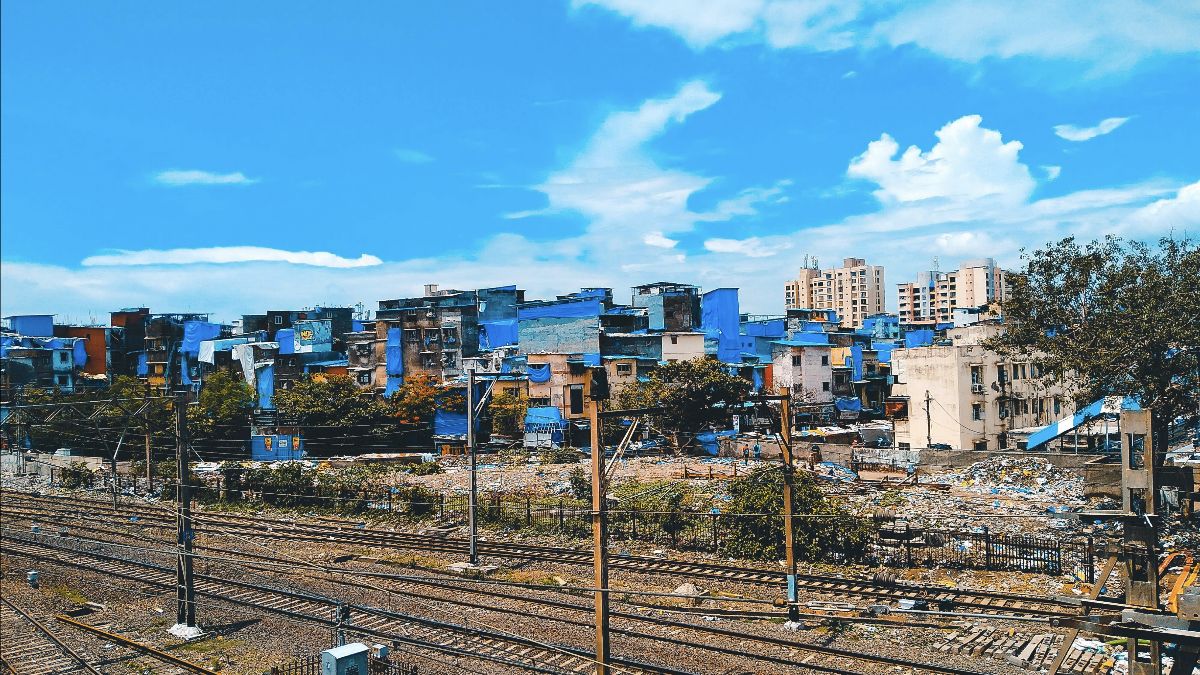Related

Mar 06,2018

Writing for The Wire Science, Urban Expansion Research Scholar Patrick Lamson-Hall along with Harshita Agrawal and Kadambari Shah of the IDFC Institute have written an opinion piece, “Mumbai’s Seroprevalence Results Point the Way on Urban Reform.” They write:
Seroprevalence (a measure of virus exposure in a population) in the slums of Mumbai has reduced from 57% to 45%. In non-slum areas, it has increased from 16% to 18%. The opposing trends aside, the figures indicate that simply living in slums seems to increase the risk of contracting COVID-19. Why?
From an urban-planning perspective, slum areas primarily suffer from two human-made afflictions: no formal planning, leading to very few roads within informal settlements and a lack of public spaces between buildings; and no formal status, causing buildings to be haphazardly constructed and difficult to expand. These issues are on display throughout urban India, but are epitomised in Dharavi.
Please fill out the information below to receive our e-newsletter(s).
*Indicates required.